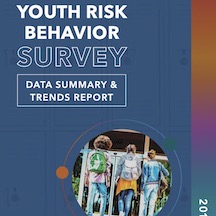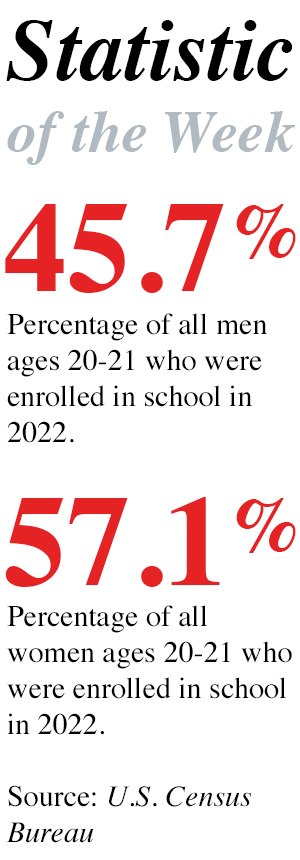Some Alarming Data on the Mental Health of High School Girls
Posted on Mar 01, 2023 | Comments 0
 A new report from the Centers for Disease Control and Prevention finds that nearly 3 in 5 (57 percent) U.S. teenage girls felt persistently sad or hopeless in 2021 — double the rate of boys. This represents a 60 percent increase from 2011 and is the highest rate recorded. Nearly one third of high school girls said they had thought about suicide in the past year compared to 14 percent of high school boys.
A new report from the Centers for Disease Control and Prevention finds that nearly 3 in 5 (57 percent) U.S. teenage girls felt persistently sad or hopeless in 2021 — double the rate of boys. This represents a 60 percent increase from 2011 and is the highest rate recorded. Nearly one third of high school girls said they had thought about suicide in the past year compared to 14 percent of high school boys.
While all teens reported increasing mental health challenges, experiences of violence, and suicidal thoughts and behaviors, girls fared worse than boys across nearly all measures. Teenage girls experienced a 20 percent rise in sexual violence from 2017 to 2021. Some 14 percent of high school girls said they had been forced to have sex at some point in their lives.
Some 27 percent of high school girls said they had drank alcohol over the last 30 days compared to 19 percent of their male peers. High school girls also reported higher rates of using marijuana, opioids, and vaping products than high school boys.
“Young people are experiencing a level of distress that calls on us to act with urgency and compassion,” said CDC Division of Adolescent and School Health Director Kathleen Ethier. “With the right programs and services in place, schools have the unique ability to help our youth flourish.”
School-based activities can make a profound difference in the lives of teens with a relatively small infusion of support to schools. More than 95 percent of U.S. youth spend much of their daily lives in school. While their primary goal is academic learning, schools can take evidence-based steps to foster the knowledge, skills, and support needed to help prevent and reduce the negative impact of violence and other trauma and improve mental health.
For example, safe and trusted adults — like mentors, trained teachers, and staff — can help foster school connectedness, so that teens know the people around them care about them, their well-being, and their success. Schools can provide education that equips teens with essential skills, such as understanding and ensuring true sexual consent, managing emotions, and asking for what they need. Schools can also connect teens to their classmates and communities through school-based clubs and community outreach.
Filed Under: Research/Study








